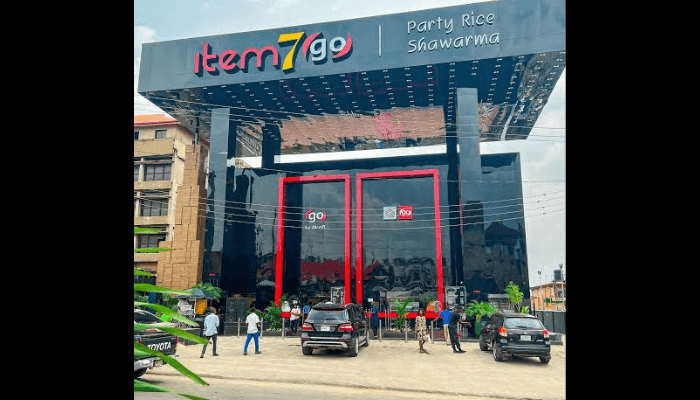A question recently posted online has perfectly captured the blend of admiration and disbelief surrounding one of Nigeria’s fastest-growing food chains: “Item7go, tell me how a plate of rice and a big chicken is ₦3,000. How do you people make your profit?” This simple query from a customer highlights the central puzzle of Item7go’s success—its remarkable ability to offer generous, satisfying meals at prices that defy the economic reality of soaring food costs.
In cities like Lagos and Ibadan, Item7go has carved out a loyal following, transitioning from a modest food stall near the University of Ilorin to a multi-branch phenomenon. Its promise is simple and powerful: delicious Nigerian staples that don’t break the bank. In a market where a single meal can easily cost upwards of ₦5,000, the brand’s pricing strategy has left many wondering about the secret to its sustainability.
While Item7go has not publicly detailed its financial model, the answer to the customer’s question likely lies in a classic and brilliantly executed business strategy focused on high volume and operational efficiency.
The Economics of Simplicity
A key factor in Item7go’s model is its streamlined menu. By focusing on a core offering of high-demand meals—primarily various rice dishes, chicken, beef, fish, and plantain—the company unlocks several economic advantages:
- Massive Bulk Purchasing: Concentrating on a limited set of ingredients allows the chain to buy raw materials in enormous quantities, securing them at significantly lower costs than competitors with more diverse menus.
- Operational Efficiency: A simple menu allows for an assembly-line approach in the kitchen. This maximizes the speed of food preparation, reduces complexity, and allows staff to serve the famously long queues of customers at a rapid pace.
- Minimal Food Waste: With every item on the menu being a bestseller, the risk of food spoilage—a major expense for many restaurants—is drastically reduced.
Profit in Numbers
The long, yet fast-moving, lines at any Item7go location are the most visible evidence of its business model. The strategy is not to make a large profit on a single plate of food, but to make a smaller, calculated profit on thousands of plates every single day. As one social media user astutely observed, they likely “realize from profits found in numbers.” By multiplying a modest margin by a massive customer base, the brand generates substantial revenue.
Smart Spending and Word-of-Mouth Marketing
Item7go keeps its overheads low. The focus is on the food, not on elaborate restaurant interiors or expensive advertising campaigns. The brand has organically built a powerful marketing machine through its customers. Satisfied diners sharing pictures of their generously portioned meals on social media create authentic, viral buzz that traditional marketing struggles to replicate.
The brand has stayed true to its roots as a provider of affordable food for a value-conscious market. So, while the ₦3,000 price tag for a hearty meal may seem like a mystery, it is, in fact, the calculated cornerstone of a business that has masterfully balanced volume, efficiency, and an uncanny understanding of what its customers want.






